Nestled in the heart of Vietnam, Hue is a city steeped in history and cultural richness, largely defined by its royal past as the capital of the Nguyen Dynasty. Visitors are often captivated by its ancient architecture, stunning landscapes, and colorful festivals. However, timing your visit can greatly enhance your experience, as the weather in Hue varies significantly throughout the year. Understanding when to go not only allows travelers to avoid the pitfalls of heavy rain or oppressive heat but also enables them to immerse themselves in the vibrant cultural tapestry of the region. This article delves into the best times to visit Hue, exploring its seasonal weather patterns, major attractions, and cultural events to help you plan an unforgettable journey.
Hue’s climate is characterized by a tropical monsoon climate, which can be broadly divided into two primary seasons: the rainy season and the dry season. The rainy season spans from September to January, where travelers can expect frequent and heavy rainfall, particularly in October. On the other hand, the dry season, from March to August, offers a more stable climate, marked by hot temperatures and lower humidity.
Understanding these distinct phases is vital for making the most of your visit. During the rainy months, while the city remains lush and vibrant, outdoor activities can be challenging due to the wet conditions. Conversely, the dry season provides a welcoming atmosphere for sightseeing but may come with increased tourist traffic. This seasonal disparity influences not only weather conditions but also cultural events and activities, making it crucial to align your travel plans with Hue’s seasonal offerings.
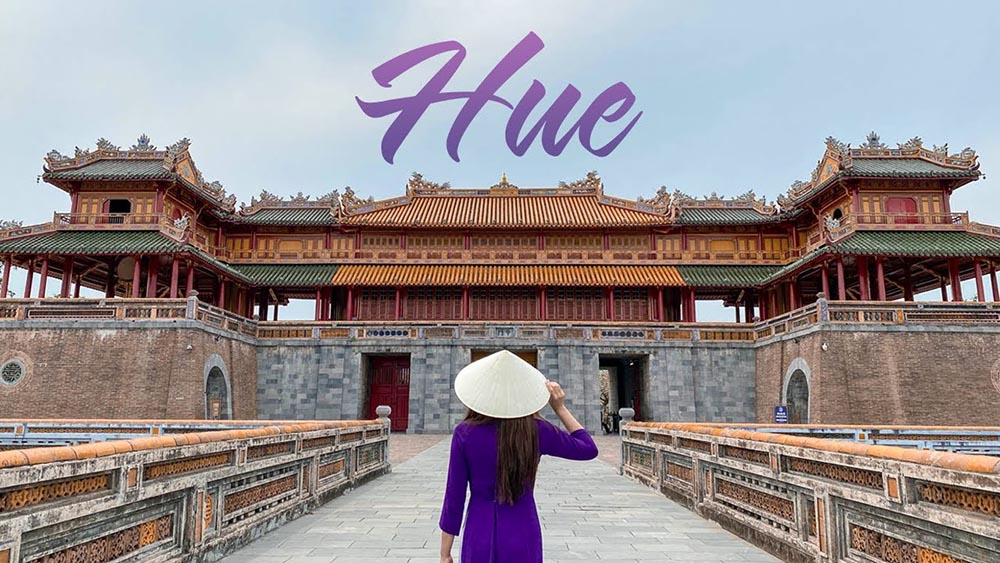
September marks the onset of the rainy season in Hue, where the clouds gather, and the skies often unleash torrential downpours. This period is marked by significant rainfall, especially peaking in October, where up to 755 mm (29.7 inches) can fall over approximately 21 days. The temperature during these months hovers between 20°C (68°F) and 27°C (81°F), providing a cooler yet damp atmosphere. Travelers can expect high humidity levels, averaging around 89%, creating a rather chilly and damp environment.
Despite the weather, the rainy season has its allure. The dampness brings out vibrant greenery, and the serenity of fewer crowds can create a mystique that envelops the city. For those unbothered by the rain or those prepared with waterproof gear, visiting sites such as the Imperial City or the Thien Mu Pagoda can offer a tranquil experience. Here are some considerations for this season:
Key Features:
Considerations:
Although outdoor activities may be restricted, the rainy season allows travelers to unapologetically indulge in Hue’s culinary delights, such as a warm bowl of Hue beef noodle soup in cozy, atmospheric restaurants.
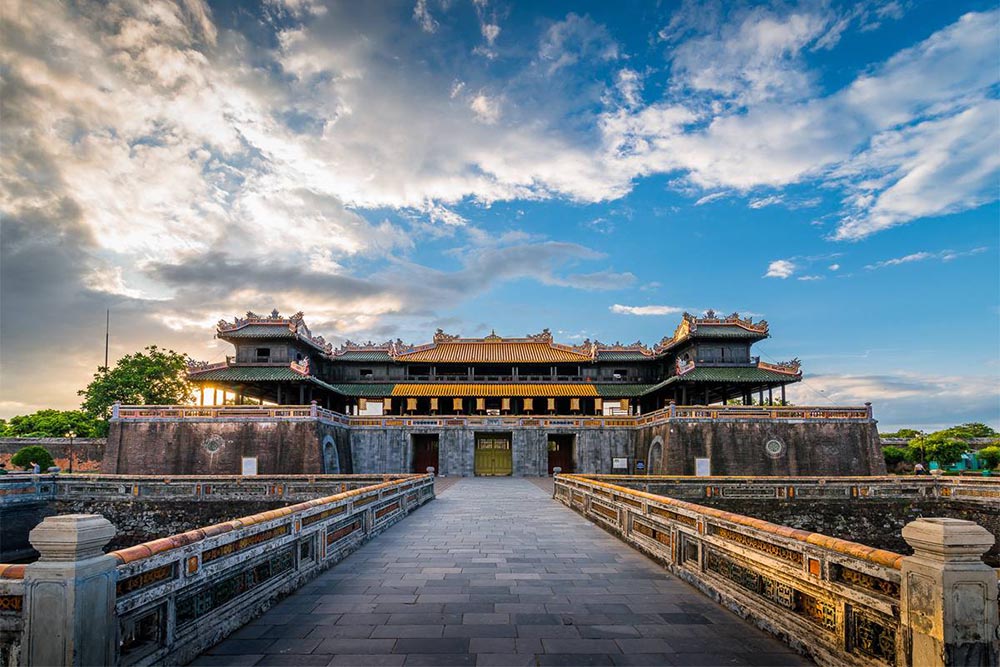
In stark contrast, the dry season, running from March to August, presents an entirely different experience for those looking to explore Hue. Starting with milder temperatures in March, averaging around 24.1°C (75°F), this period is ideal for outdoor explorations as rainfall is minimal, with approximately 45 mm (1.8 inches) in March alone. As the months transition into July, temperatures soar, regularly hitting 35°C (95°F), making it the hottest month of the year.
From April to June, the weather is marked by clear blue skies, making it an opportune time for visitors to engage in outdoor activities. Travelers can delight in boat rides on the Perfume River, explore lantern-lit night markets, or discover the historic royal tombs of Nguyen Emperors. However, while the clear skies and sunny days attract tourism, they also mean larger crowds and higher accommodation prices. Here are some features to consider:
Key Features:
Considerations:
This season appeals to those who prefer warm weather and the vibrant atmospheres of summer festivities, such as beach outings at Lang Co Beach or cultural experiences in the Imperial City.
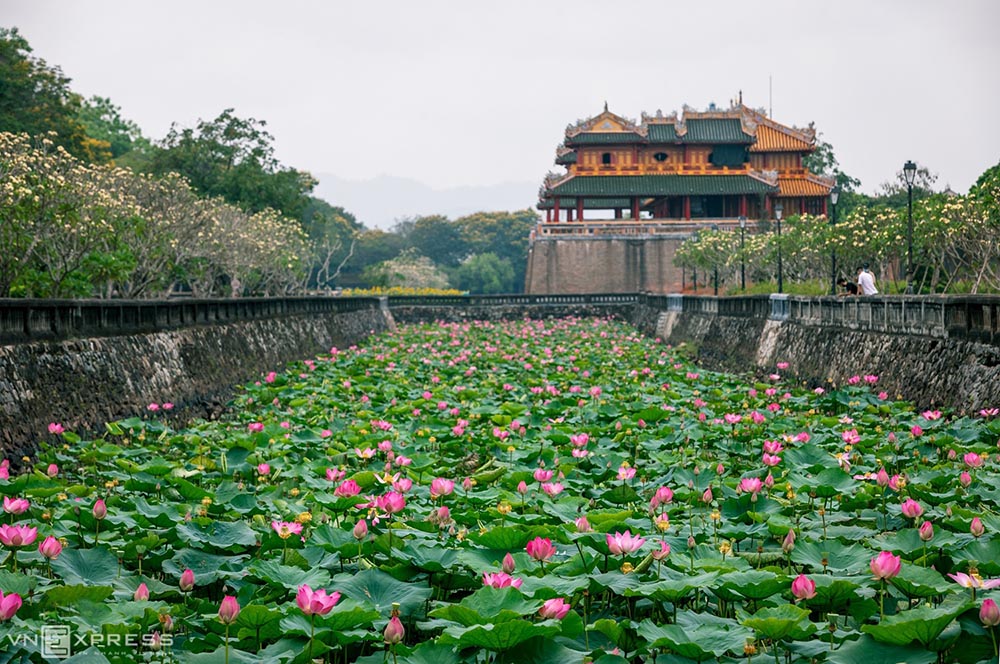
As travelers sift through the seasonal offerings, it becomes evident that the optimal months for visiting Hue are encapsulated between late January and early March, and again from May to August. In the first window, travelers experience milder weather conducive to exploration and sightseeing, while in the latter, the warmth allows for vibrant outdoor activities despite the summertime crowds.
The months between January to March usher in cooler temperatures, where visitors can comfortably enjoy everything from city tours to leisurely river cruises without the oppressive humidity that characterizes later months. Cultural festivities during this period include the Tet holiday, allowing travelers to immerse themselves in local celebrations.
Then, as spring progresses into the summer months from May to August, visitors can enjoy the warm sunshine while partaking in outdoor festivals, beach activities, and local adventures. Here’s a quick reference of what to expect in these optimal visiting months:
These periods showcase Hue in its best light, combining favorable weather with cultural events that breathe life into the city, making them an ideal time for exploration.
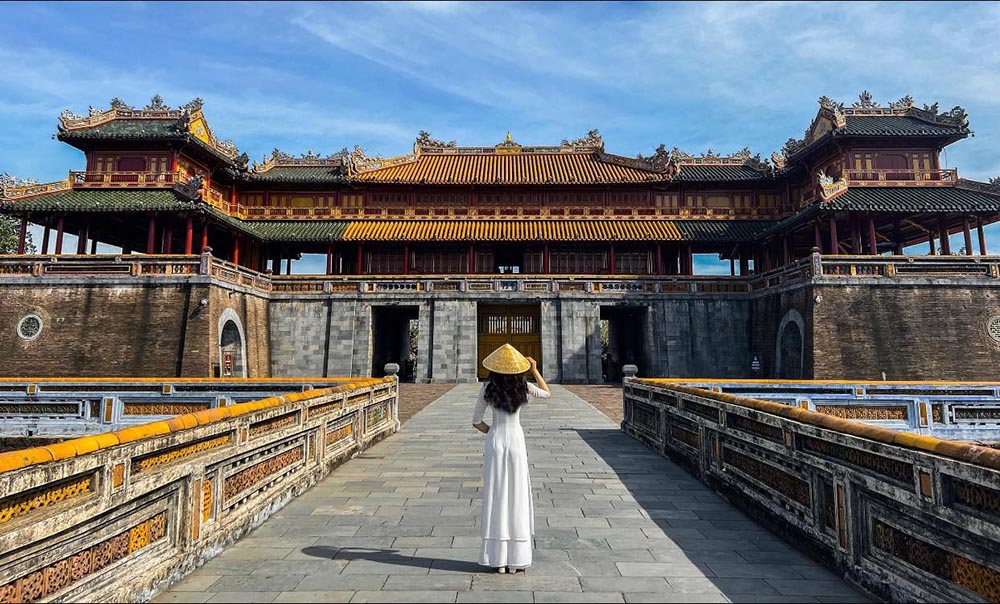
From January to March, Hue transforms into a postcard-perfect panorama ideal for sightseeing. With temperatures ranging from 20°C (68°F) to 25°C (77°F), the cool air invites visitors to wander its historic streets without breaking a sweat. This serenity is particularly inviting for photography enthusiasts wishing to capture stunning backdrops of the Imperial Citadel and lush gardens adorned with colorful blooms.
Moreover, the visibility during these months is often crystal-clear, allowing travelers to enjoy uninterrupted views. In February, the city springs to life with preparations for the Tet holiday, where homes and streets are decorated vibrantly, and festivities envelop the ambiance. Traditional markets filled with captivating aromas and colorful produce add to the eclectic atmosphere.
Here are a few highlights for this period:
In mid-March, the annual Hue Festival starts drawing visitors, offering performances and exhibitions that celebrate local culture. It allows travelers to engage with Hue’s rich heritage, marking this as an especially charming time to explore the city.
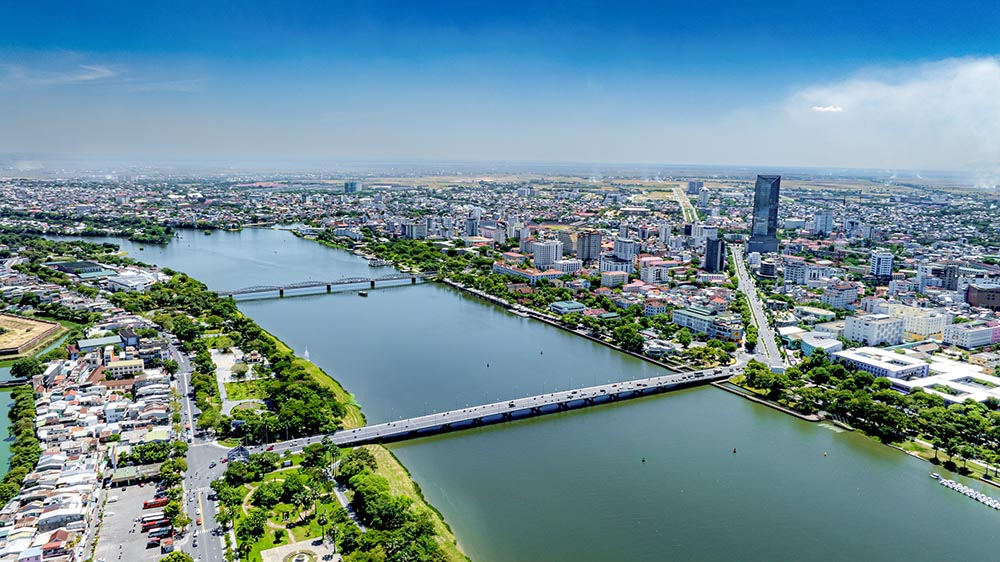
As February rolls in, Hue pulsates with energy during the Tet holiday, marking the Lunar New Year. This vibrant festival carries a unique charm, blending age-old traditions with modern celebrations. Various events occur across the city, from cultural performances to market festivals, creating a rich tapestry of experiences for travelers.
February is a particularly captivating month for visitors eager to witness local festivities come alive. The streets overflow with the sounds of laughter, traditional music, and the irresistible scent of local delicacies. Travelers can participate in the festivities, sampling traditional foods and engaging in local customs that reflect Hue’s cultural identity.
By April, the famous Hue Festival takes center stage, showcasing art, performances, and workshops that celebrate both Vietnamese and international cultures. This biennial event, where locals and tourists mingle at events across the city, encapsulates what Hue stands for in terms of artistic expressions and cultural diversity.
Festival Highlights:
Cultural Engagement:
Overall, this time frame serves as a unique intersection of experiencing local tradition while enjoying typically favorable weather, setting the perfect backdrop for an enriching experience in Hue.
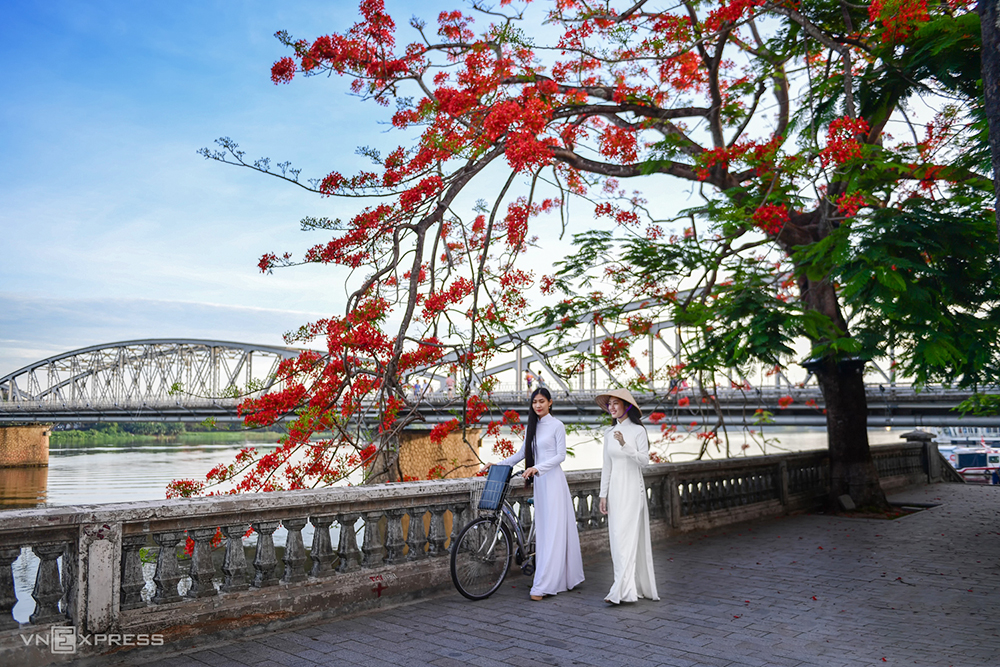
Understanding the seasonal breakdown provides valuable insight into activities and attractions available throughout the year in Hue. Depending on your travel period, you’ll find a diverse range of experiences to indulge in, whether it is a vibrant festival in the spring or beach activities in the summer months.
During the rainy season from September to January, while the weather may deter some outdoor activities, the dwindled crowds provide an intimate encounter with Hue’s culture. Indoor attractions like the Museum of Royal Antiquities or sampling local cuisines in cozy eateries emerge as highlights of this period.
Conversely, during the dry months of March through August, outdoor exploration comes alive. This includes lengthy day trips to Bach Ma National Park or leisurely bike rides through the An Cuu River, allowing visitors to immerse themselves fully in Hue's enviable natural beauty. Here are some seasonal attractions:
Each season opens a unique window of experiences, catering to different preferences of travelers and ensuring that every visit can spin a unique tale of discovery.
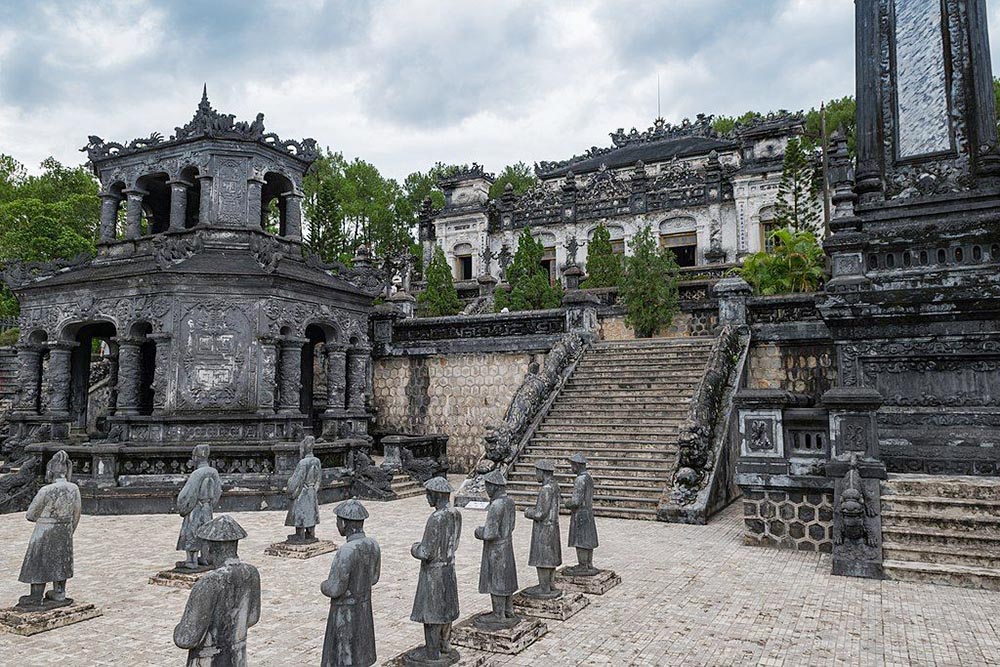
Spring in Hue is marked by an invitation to explore not just the natural surroundings but also the cultural heritage resonating within the city walls. With the air still cool from winter, visitors can wander the grounds of Kinh Thành, the Imperial City, where flowering trees line the pathways and a soft breeze whispers tales of the past. This vibrant transformation encapsulates the essence of renewal, inviting travelers to engage in the heart of the city’s traditions.
In April, the picturesque Hue Festival creates a lively atmosphere that draws crowds, both local and international. Traditional performances, art exhibitions, and an array of food stalls transform the city into a hub of activity where history and modernity blend seamlessly. Visitors can purchase handcrafted items from local artisans, offering a glimpse into Hue’s rich artisanal culture.
Outdoor activities also expand in spring, where bike tours provide opportunities to explore the lush countryside, enjoying the rice paddies and quaint villages. Taking a cruise on the Perfume River provides breathtaking views of the landscapes and an opportunity to witness the locals in their daily life, all enveloped in the stunning backdrop of spring flowers bursting into bloom.
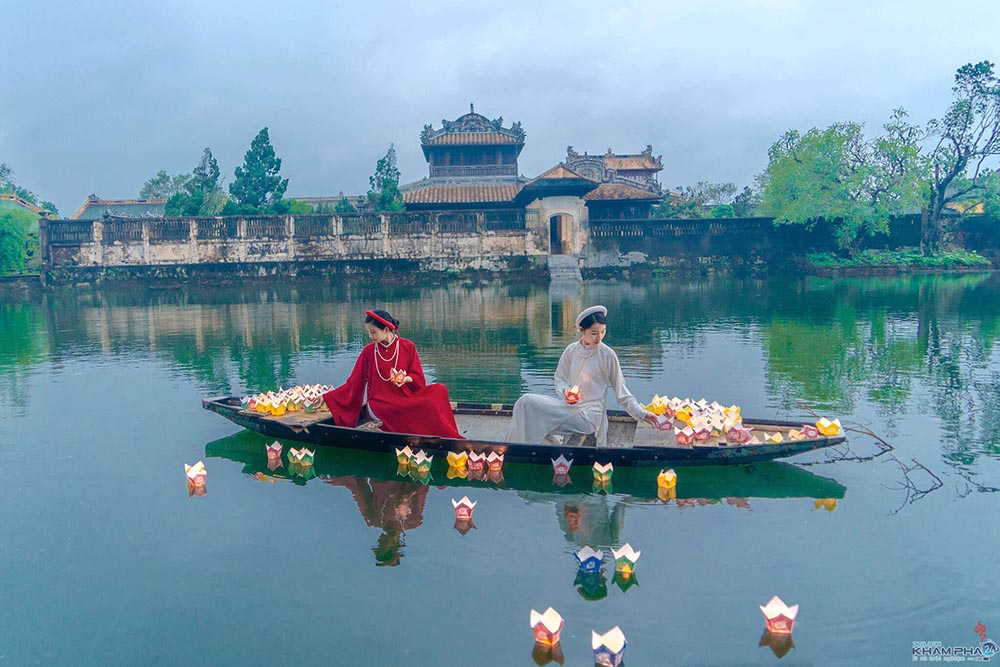
The flourishing summer period in Hue, especially from June to August, beckons tourists with a different vibrancy characterized by sunny days and cultural festivities. Visitors are treated to towering blue skies, presenting a perfect opportunity for excursions. UV rays beam down upon the historical Imperial Citadel, casting majestic shadows that accentuate its grandeur, luring visitors to explore further into its rich history.
With temperatures soaring around 35°C (95°F), the beaches of Lang Co become an inviting escape. Travelers can indulge in sunbathing, indulge in beach sports, or simply enjoy fresh seafood at beachfront eateries. The atmosphere resembles a vibrant festival where locals and tourists alike revel in the tranquility of the sea.
Key Features:
Recommended Activities:
However, it's also important to remember that summer draws larger crowds, particularly in July and August, as domestic tourists flock to Hue for summer vacations. This can lead to popular attractions feeling crowded, which may affect personal experiences. Despite this, the multitude of activities available makes it a lively time to be in Hue.
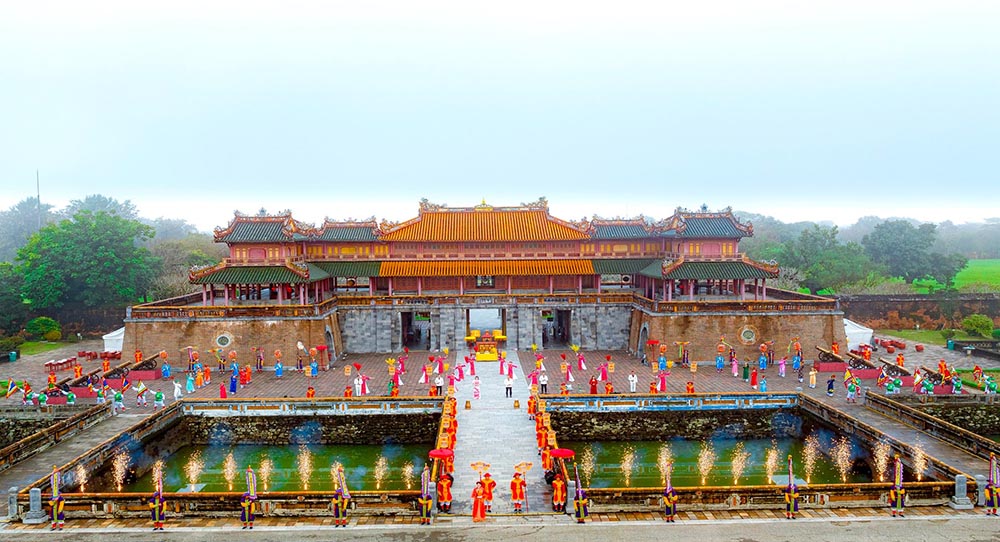
Arriving in autumn brings a sense of tranquility to Hue as the weather cools down, hovering around 20°C (68°F). This period offers a unique opportunity for nature enthusiasts and cultural adventurers. The lush greenery surrounding the city becomes even more vibrant as the rainy season’s remnants evolve into beautiful scenery perfect for exploration.
As the rice harvest season kicks in from September to November, visitors can partake in the more rural aspects of travel. Engaging with local farmers during the harvest can provide profound cultural insight. The bustling local markets brim with unique items and fresh ingredients that celebrate the season. Additionally, cooking classes are particularly popular during this time, allowing visitors to learn how to create local dishes using fresh, seasonal produce.
Key Features:
Recommended Experiences:
Furthermore, the natural beauty during fall makes visiting Bach Ma National Park more enticing, with well-marked trails offering the chance to witness breathtaking views while enjoying the comfort of more moderate temperatures. This is an ideal time for those who prefer solitude and fewer crowds, ensuring a more personal interaction with both nature and culture.

When planning a trip to Hue, understanding the weather intricacies can significantly affect the travel experience. Hue’s tropical monsoon climate brings forth a variety of conditions that travelers should anticipate. Temperatures often fluctuate throughout the year, with sweltering heat during the dry months and cooler weather during the rainy season.
Travelers should pay special attention to humidity levels, which can exceed 90% during rainy months, making outdoor activities uncomfortable. The rainy season also sees significant cloud cover and heavy rainfall from September to January, which can limit outdoor exploration.
Weather Overview:
Travel Tips:
By planning your clothing and activities around Hue's unique weather conditions, you can enhance your overall visit and ensure maximum comfort throughout your exploration. Proper preparation helps travelers embrace the beauty of Hue, regardless of the season.
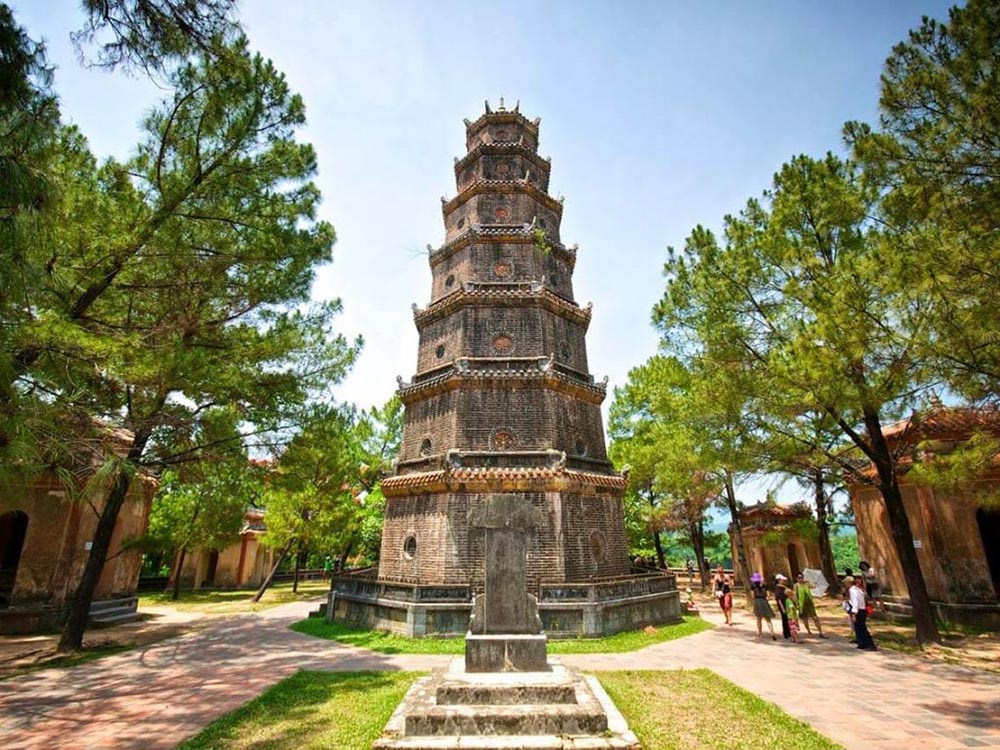
In understanding the best times to visit Hue, awareness of the average temperature and humidity levels is indispensable. The city generally showcases temperatures ranging from 20°C (68°F) to 35°C (95°F) across seasons, creating marked differences between day and night.
During the rainy season, the average temperature tends to be cooler, but the high humidity levels can make it feel significantly chillier. Conversely, summer months are not only hot but also characterized by lesser humidity towards the end of the season, making for a more comfortable experience. Here is a detailed comparison of the temperature and humidity throughout the year:
| Month | Average Temperature (°C) | Humidity (%) |
|---|---|---|
| January | 20 – 25 | 85 – 89 |
| February | 22 – 26 | 80 – 83 |
| March | 24 – 28 | 75 – 80 |
| April | 26 – 30 | 70 – 74 |
| May | 28 – 34 | 75 – 80 |
| June | 30 – 35 | 73 – 78 |
| July | 29 – 34 | 75 – 80 |
| August | 28 – 33 | 76 – 80 |
| September | 25 – 30 | 85 – 90 |
| October | 22 – 28 | 88 – 92 |
| November | 21 – 27 | 85 – 89 |
| December | 20 – 25 | 84 – 89 |
Throughout the year, the average humidity levels remain notably high, making it essential for travelers to stay hydrated and seek comfortable indoor options during the unbearable heat waves in the summer.
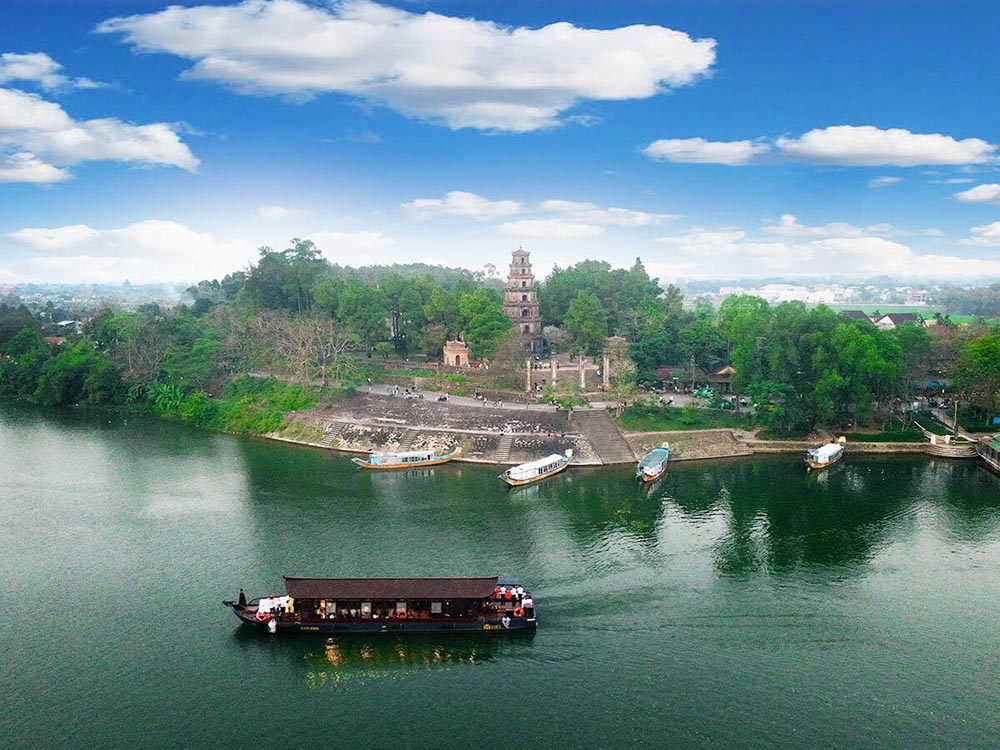
For travelers keen on optimizing their experience in Hue, understanding the best days to avoid rain and large crowds will provide a more intimate knowledge of the city. Typically, the driest months fall between February and April, where rainfall is at its lowest, alongside fewer tourists visiting the city.
Specifically, choosing weekdays over weekends can help in mitigating the influx of tourists, particularly in March and April, when the weather is still pleasantly mild, yet most travelers prefer weekend visits. Here are some optimized tips:
Best Times:
Rain Avoidance:
Additionally, during off-peak times, accommodation and dining prices can decrease, allowing budget-conscious travelers to enjoy more without compromising on experience.
Understanding the distinctions between experiences offered in each season is pivotal for maximizing travel enjoyment and engagement in Hue. From the lush, quiet atmosphere of the rainy season to the lively, bustling energy of the dry season, travelers can choose their timing based on personal preference.
The rainy season offers an intimate experience, albeit with the challenges of heavy rainfall and the potential for localized flooding, leading to a heightened sense of seclusion as you explore deserted sites. On the contrary, the dry season showcases Hue at its most vibrant, yet this increased tourist traffic can sometimes detract from personal experiences.
Rainy Season:
Dry Season:
When weighing the contrasts between visiting during the wet versus dry season in Hue, travelers must consider their individual preferences for weather, activities, and experiences. The wet season, characterized by cooler temperatures and rain, can offer a sense of tranquility, with popular sites often devoid of crowds. In contrast, visitors during the dry season will encounter warmer temperatures and lively cultural engagements, yet may also find themselves dealing with busy attractions.
Wet Season Appeal:
Dry Season Thrill:
While rainy days might limit outdoor experiences, they provide a unique ambiance for enjoying indoor culture, like cooking classes or spa experiences. The choice boils down to a traveler’s desires for either a quiet, serene escape or an active engagement with culture and communal experiences.
Understanding when to visit Hue based on peak and off-peak seasons leads to enriching decisions for travelers. Peak seasons usually occur during summers, particularly July and August, with high tourist engagement escalating accommodation prices. Visitors may encounter queues at major attractions and packed restaurants during these times.
Conversely, the off-peak months from September to early December offer a breath of fresh air, with reduced prices and a chance to explore more freely.
Peak Season:
Off-Peak Season:
Ultimately, the choice between peak and off-peak visitation hinges on what travelers seek: vibrant engagement or heartwarming tranquility.
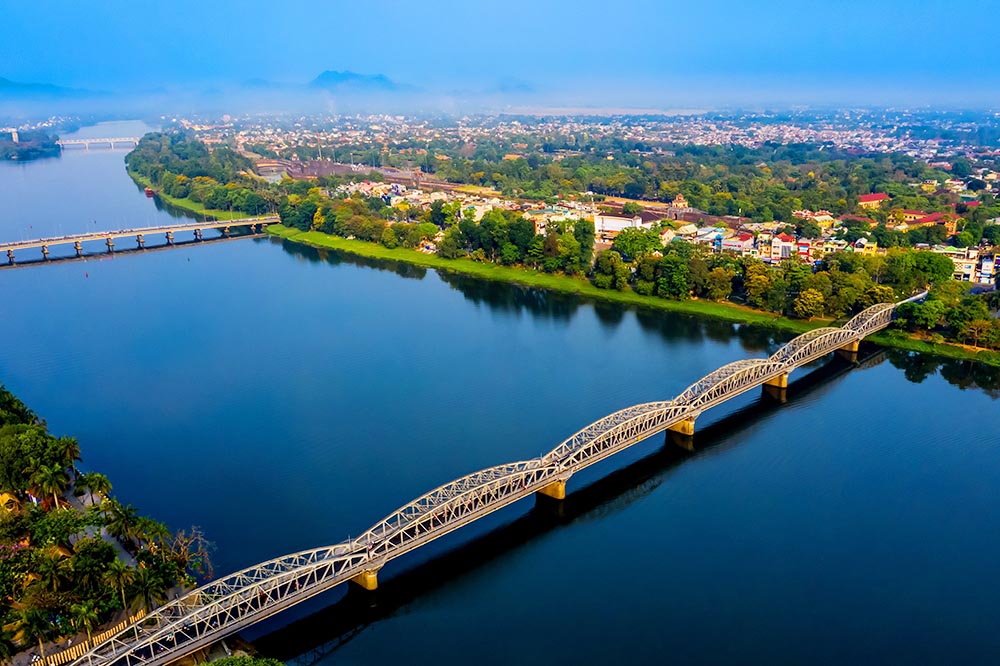
What is the best time to visit Hue?
How rainy is the rainy season in Hue?
What festivals occur in Hue?
Are there outdoor activities available all year long?
How does humidity affect my visit?
Planning a visit to Hue requires a keen understanding of seasonal patterns, cultural events, and weather conditions that can dramatically influence your experience. Whether you find beauty in the solitude of the rainy season or are drawn to the vibrant streets bustling with festival-goers in the dry months, Hue has something special to offer year-round. By considering optimal travel times, engaging in local traditions, and exploring the rich tapestry of cultural offerings, each traveler can forge a unique and memorable connection with this historical gem. With careful planning, your adventure in Hue will surely leave an indelible mark on your travel journey.